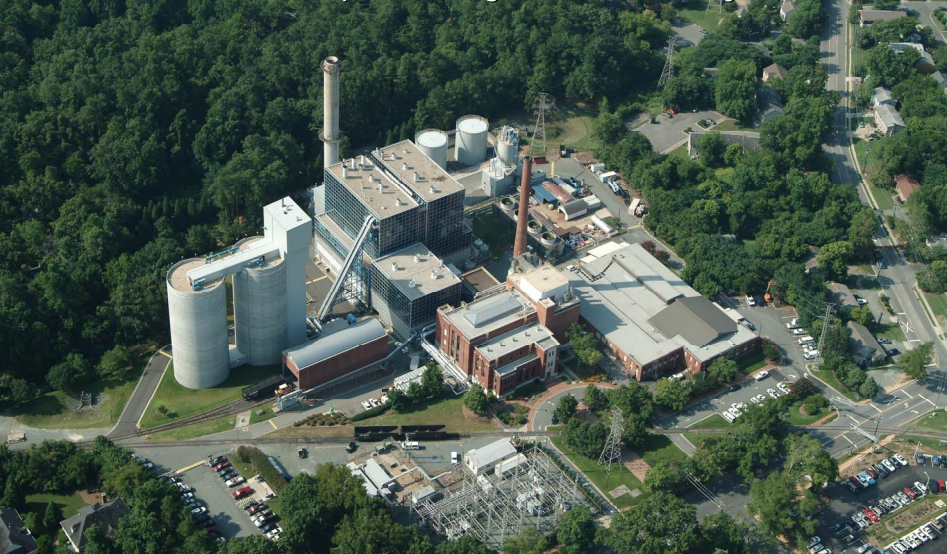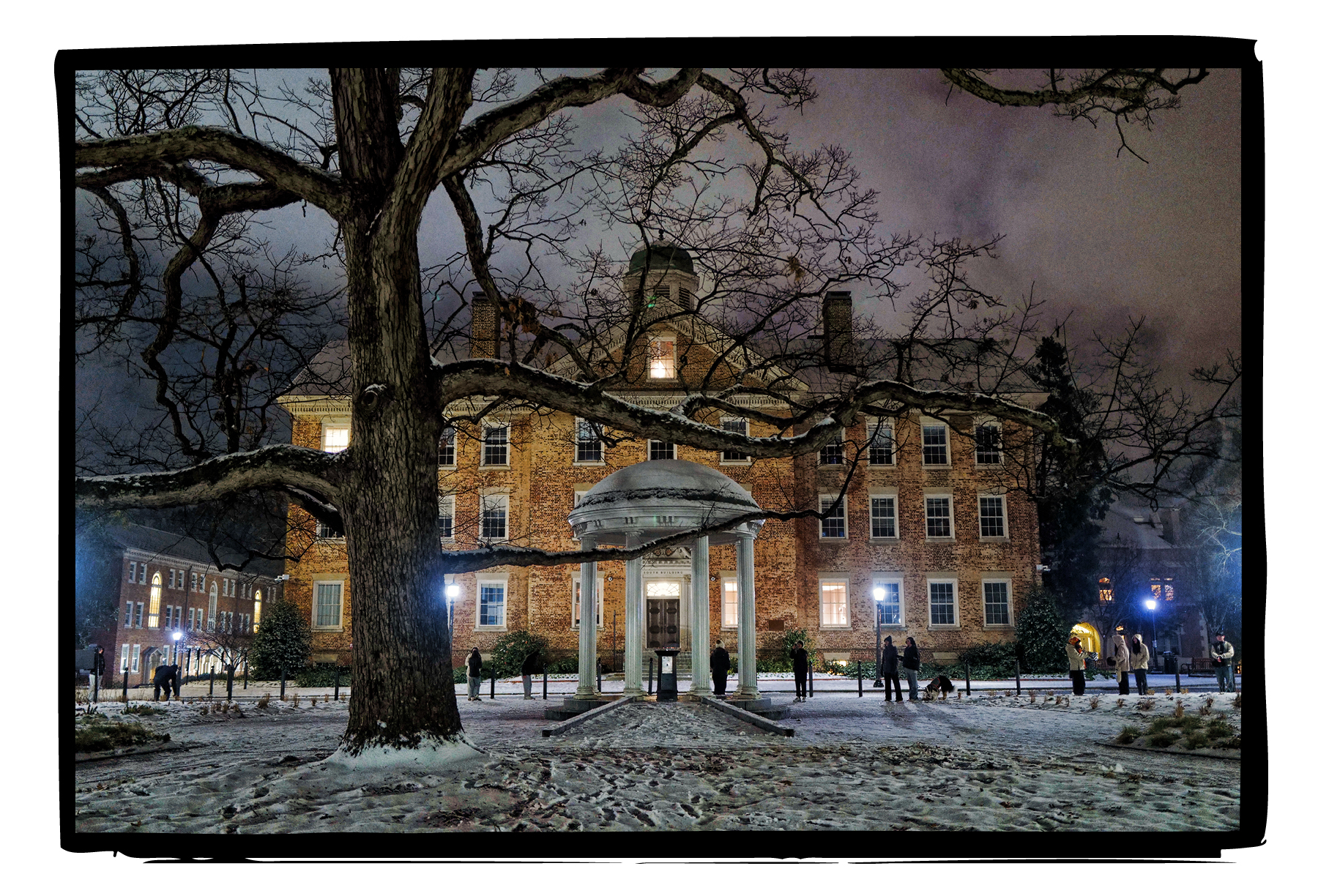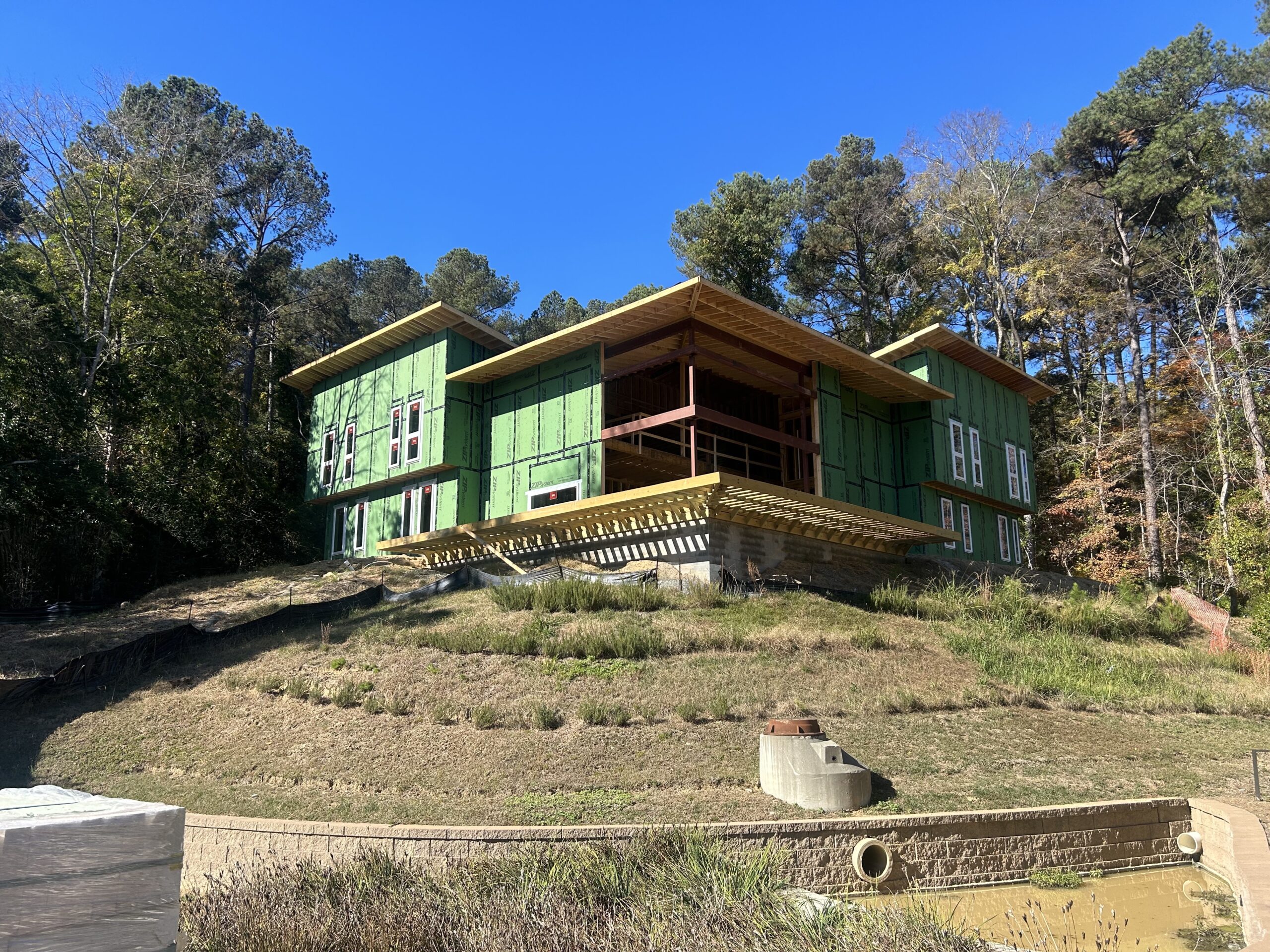UNC is the newest member of an international partnership with a goal to finding cures for some of the most widespread diseases of our time.
The University of North Carolina has joined the Structural Genomics Consortium, according to the university.
Tim Wilson is the chief scientist of the SGC at Carolina, and he says the initial interest in this project came from a realization that most scientific research was occurring on proteins that were known before the human genome had been sequenced in the early-2000’s. The group at UNC set to find out why, according to Wilson.
“Largely because researchers lacked the tools to be able to study the new proteins that were identified from the sequencing of the genome,” he says. “The mission of the SGC is to generate or make available the tools that let researchers really study all of those understudied proteins which are in the human genome.”
Wilson says the work being done at UNC now will be made available so that more specific research can be done by different organizations around the world.
“We’re starting on a public project to really provide a better understanding of those poorly-studied members of the family,” he says, “to try and generate a map of which ones would be most useful for treating different diseases.”
Wilson compares this mapping to the mapping done of the American West.
“Whereas, everyone knew that there was probably something very exciting out in the rest of the country,” he says, “until somebody went out there and mapped it, we really didn’t know where to build the railroads or to build new settlements.
“We think that there are a lot of really exciting potential drug targets in the remaining family members. But until someone makes the effort to go out there, really understand what they do in the human body, and then tell everybody else, pharmaceutical companies or biotechnology companies won’t know where to start their own research to discover new medicines.”
Wilson says an astounding amount of work has already been furthered as a result of the publicly-available research.
“There are more than 25 drugs that have been approved by the FDA that worked through different members of this family of proteins,” he says. “And yet, we know that that represents less than 10 percent of the proteins of these kinases that are in the human body.”
Wilson and all of the other scientists that made the move to Carolina in order to start the SGC grouping are former employees of GlaxoSmithKline.
“We’re all motivated by the fact that, by coming to UNC and we get to do this in a public environment, that ultimately we could have a much broader impact in terms of our ability to influence the science in the area,” he says, “and ultimately have more impact in helping more drugs be discovered than we could even when we were within a pharmaceutical company.”
Wilson says it is the desire to do something for the greater good of our society as a whole that drives the research.
“All the work at the SGC is performed in a publicly-accessible manner,” he says. “We don’t file intellectual property on all of the tools that we generate. We make them freely available to researchers.
“We’re really trying to make the whole science in the area have better tools, better reagents so that all of the information can be made publicly available.”











